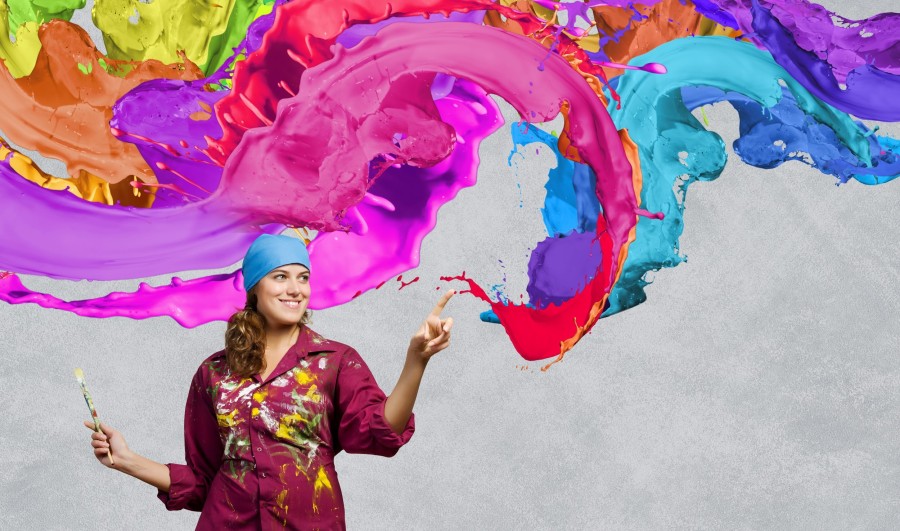<p style="text-align: justify;">Colors are common elements of the web design that often receive less attention. In reality, visitors respond consciously or unconsciously to specific colors. In reality, colors could affect us on the psychological level. Colors should affect the audience’s emotion and drive the overall decision making process. Visitors should feel that they are completely engaged to the goal of the website. It means that the website is able to inform and entertain them. Our mind will reject the website if colors used are inappropriate or unsuitable. This could also cause people to reject the products and services that are being offered.</p>
<p style="text-align: justify;">Well-planned color scheme could make a difference between a great website and a just-okay website. In fact, the website could become unusable if it uses outrageous color scheme. Readers may only be able to use the website for a few minutes at a time, because colors used are hard on the eye. It means that we need to keep things simple and use sensible color schemes. Color palette should contain only three primary colors and no more. In fact, readers find it easier to find information on websites with simpler color arrangement. Poor color selections could make people feel lost and frustrated.</p>
<p style="text-align: justify;">Another thing to consider is to use white space appropriately and we should keep things simple by using white space in proper place. Many websites need to provide plenty of information and they need white space to avoid cluttering up the screen with too much details. In this case, the audience could have problem looking for the information and navigation. White space is essential because it can balance other colors in the website. It could make large website feels much less complex and the whole design could seem to breathe properly. Customers will stay at our website longer if they don’t feel overwhelmed.</p>
<p style="text-align: justify;">It is also important for us to be consistent and use color elements properly. It means that they should be the same on all pages, so the audience should know how to look for information properly. We need to know what kind of colors that can be seen as compelling by the audience. Each color could evoke different kinds of emotion in specific situation and specific culture. It means that we should use neutral colors if we create websites for International users. Red is considered as purity in India and sign of wealth or happiness in China, but as a symbol of mourning in South Africa. In this case, we could still use red, because it has generally positive meaning for International users and many users in South Africa should still be flexible enough not to despise red-dominated websites.</p>
<p style="text-align: justify;">Other than understanding how colors can affect emotions, we should also know that colors have perceived temperatures. As an example, cool colors are usually purple and blue, while warm colors are yellow, orange and red. The temperature of color could also affect how our messages are perceived. Contrast can also be used to draw attention properly to specific elements of our website.</p>
<p><iframe src="http://www.zigo.co.za/Jobs-Zigo.php?jt=web&;city=&;width=300&;height=400" width="300" height="400" scrolling="no"></iframe></p>
<p><img title="search web jobs" src="http://www.zigo.co.za/images/Job-Search-Zigo-Small.png" alt="Search web jobs" /></p>

How to Manage Colors in Our Website?
